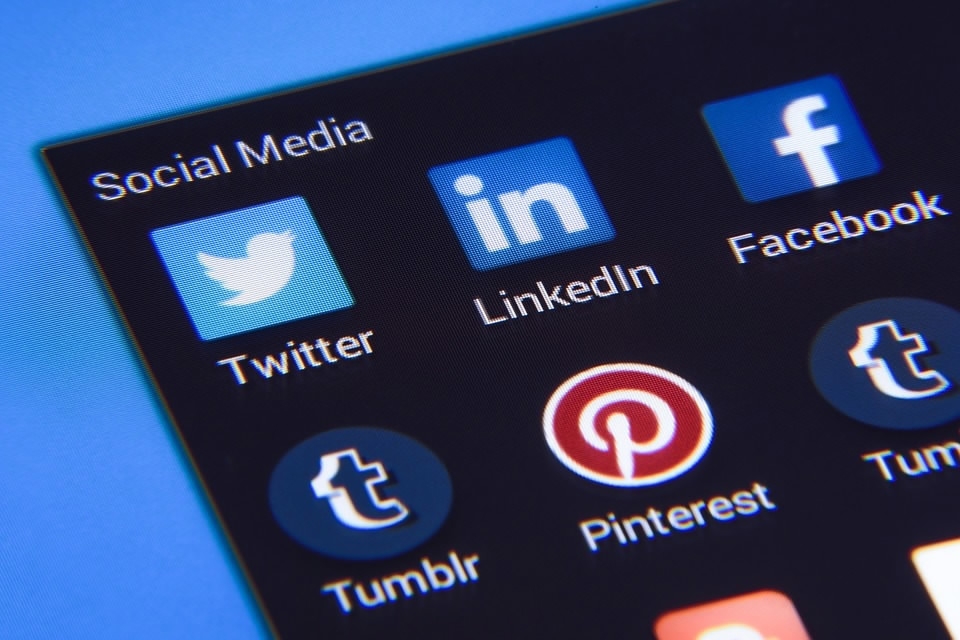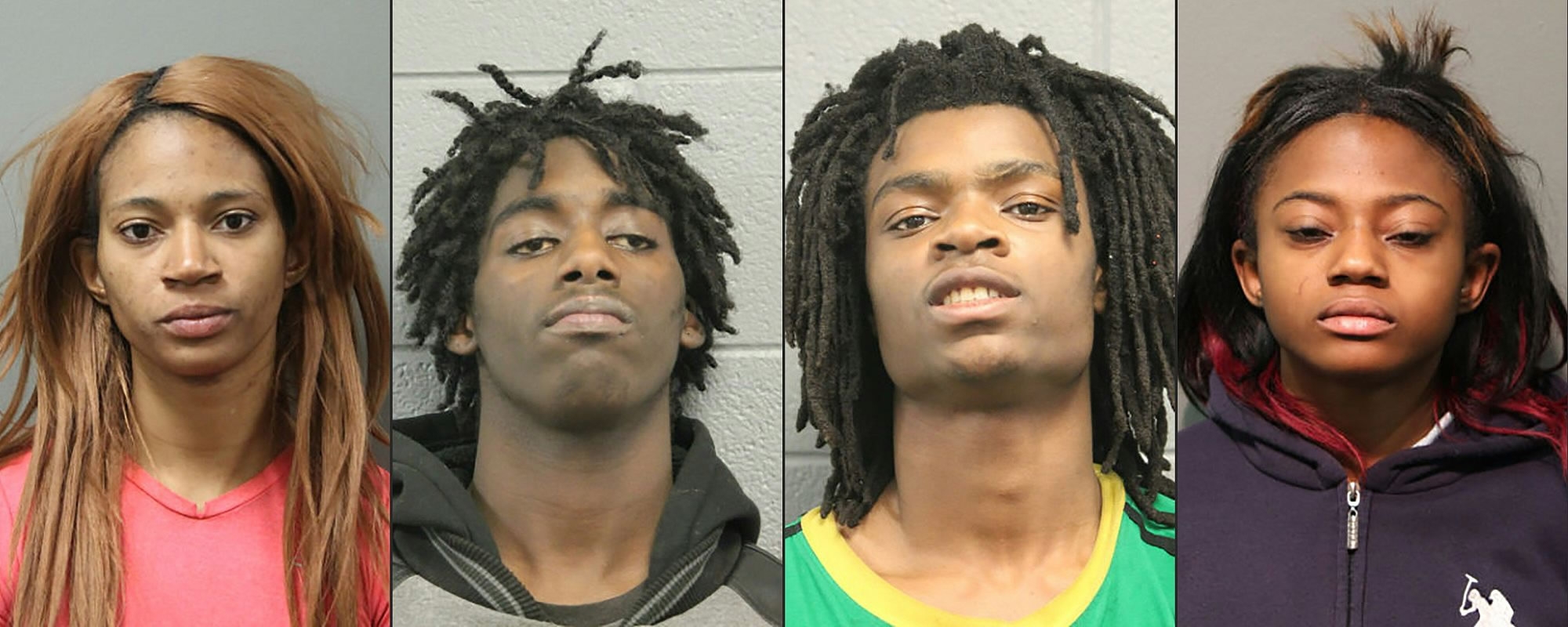Chicago police arrested a 14-year-old boy on Sunday in connection with the gang rape of a teenage girl that was broadcast on Facebook Live, in a case that highlights the complex ethical issues faced by live-streaming services like Facebook.
The video showed at least five to six males – some possible juveniles – assaulting the 15-year-old girl, police commander Brendan Deenihan said on Sunday, adding that they are seeking another 15-year-old boy involved in the case.
The 14-year-old suspect arrested on Sunday faces at least three juvenile felony charges, including aggravated criminal sexual assault, police said.
At least 40 people watched the video and no one reported the crime to the police.

VCG Photo
Chicago Police Superintendent Eddie Johnson condemned the action, saying “it just disgusts me that people could look at those videos and not pick up the phone and dial 911… It makes me wonder, where are we going, what are we doing as a society?"
Victim’s mother confronted police with screenshots
The victim had disappeared after going to a store on March 19, and her uncle found the Facebook Live video later.
Her mother spurred an investigation after she approached superintendent Johnson and showed him graphic photos taken from the Facebook video as he left the police station.
The girl was found two days later and taken to a hospital for treatment.
Facebook has removed the video following the police investigation.
The company has previously said they will remove content, disable accounts and work with law enforcement agencies in cases of genuine risk of physical harm or direct threats to public safety. Users also can report offensive material to staff dedicated to responding to such reports.
Growing crime on social media

VCG Photo
Although Facebook has repeatedly said it will not allow content that glorifies crime, and has promised to remove such content as well as raise awareness about online crime, the US social media network appears to have sparked a new generation of criminal activity, in which people watching streams containing graphic content and take no action are complicit.
Facebook, the world’s largest social media network, has been criticized for its inability to monitor content on its platform.
The Chicago assault is not an isolated incident.
In January, four people were arrested in the city after a Facebook Live broadcast showed a man being restrained and brutally attacked.

This photo shows the mugshots released in January by the Chicago Police Department of assault suspects (L-R) Tanishia Covington, Jordan Hill, Tesfaye Cooper, and Brittany Covington. /VCG Photo
The footage appeared to have 16,000 Facebook views and was also shared via YouTube.
In the same month, a gang rape in Sweden was broadcast via Facebook Live, and three men were arrested and charged.
Facebook rolled out its live feature in 2016.
Although the company aims to encourage people to share and cherish memories with their friends and family, media like The Guardian questions whether or not its live stream function has unleashed a monster it can’t control.
It allows users to broadcast live video streams directly from their smartphone without the regulatory restrictions imposed on traditional broadcasters.
Facebook is also not the only company that has struggled with monitoring and controlling the spread of violent images.
In August 2015, a man used Twitter subsidiary Periscope to stream his murder of two TV journalists in Virginia, and posted footage and details of the crime on his Twitter and Facebook accounts.

Two journalists were fatally shot during a live broadcast in Virginia, US, in 2015. /VCG Photo
The accounts have since been suspended.
For controversial live-streamed content, even if police do manage to work with platforms to take down the illegal material, users can outpace the authorities and make copies of the content.
Facebook in particular pushes video content to the top of newsfeeds while it’s still live, allowing live footage to snowball rapidly to a large audience.
As more users have access to live-broadcasting tools, live-streamed violence is an immediate issue that is yet to be curbed.









